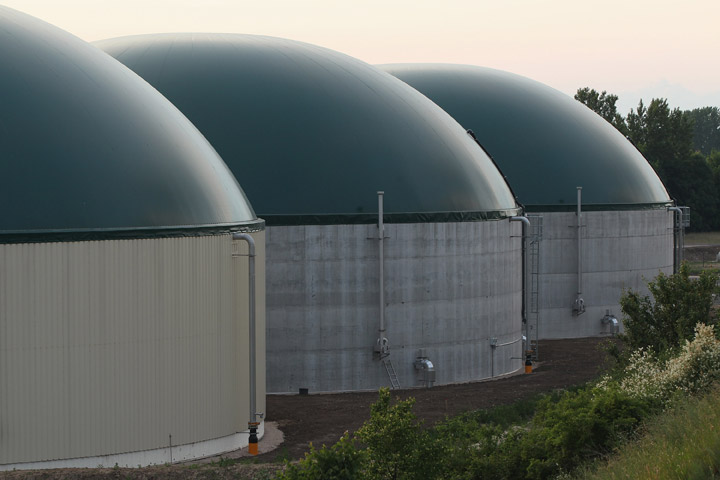TORONTO – A non-profit organization wants to turn animal waste into green energy.

ZooShare Biogas, a non-profit renewable energy co-operative, has signed a 20-year contract with the Toronto Zoo that will take the zoo’s manure, along with food waste from GTA grocery stores, and turn it into fertilizer and electricity.
ZooShare was awarded a contract from the Ontario Power Authority (OPA) last week. As such, ZooShare will build a 500-kilowatt biogas plant on the grounds of the Toronto Zoo in 2014.
Each year the biogas plant will turn the manure and food waste into renewable electricity, enough they say to power 250 homes.
“Reducing the Zoo’s carbon footprint while creating new revenue streams and reducing costs is a win-win,” said Joe Torzsok, chairman of the Toronto Zoo.
ZooShare will invest $5.4 million to build the biogas plant, funded through community bonds, grants and loans.
The company said the bonds will pay seven per cent per year for seven years. To buy the bonds you must be a member of the co-op, which runs at $100, but people who join in before Sept. 1 will get $100 off their first bond purchased.
Revenue for the project will come from power sold to the OPA, the sale of fertilizer at garden centres and tipping fees for accepting food waste from the local grocery stores participating.
The money made will go to the zoo and back to co-op members and investors.
- Enter at your own risk: New home security camera aims paintballs at intruders
- Boston Dynamics unveils ‘creepy’ new fully electric humanoid robot
- Ontario First Nation calls for chemical plant to be shut down amid ‘dangerously high’ benzene levels
- Nova Scotia scraps spring bear hunt idea, public ‘very divided’ on issue
How will the biogas plant work?
Biogas is a renewable energy source produced by the breakdown of organic materials in the absence of oxygen.
Manure from the zoo and food waste will be put in an “anaerobic digester” – a large, airtight container – where it is heated and stirred for 50 days. This will produce biogas – primarily comprised of methane – and fertilizer. The biogas can then be burned in a generator to produce electricity and heat or compressed to be used as green natural gas.
The organic fertilizer will be sold at local garden centres.
Currently there are over 300 operational anaerobic digesters in North America, 40 of them in Ontario.
Benefits of biogas
While it’s not necessarily feasible, both economically and geographically, for municipalities to build biogas plants wherever they choose, the benefits of biogas are significant.
It’s a renewable energy source that can be used as a relatively low-cost fuel, reducing dependence on fossil fuels.
It also reduces greenhouse gas emissions by capturing and destroying methane gas, and lessens the emission of methane that occurs when manure is left to decompose.
ZooShare said its biogas plant at the Toronto Zoo will reduce annual greenhouse gas emissions by 12,000 tonnes, the equivalent of taking over 2,000 cars off the road.
The Toronto Zoo’s CEO, John Tracogna, said ZooShare’s project will “showcase waste management best practices to the public.”




Comments